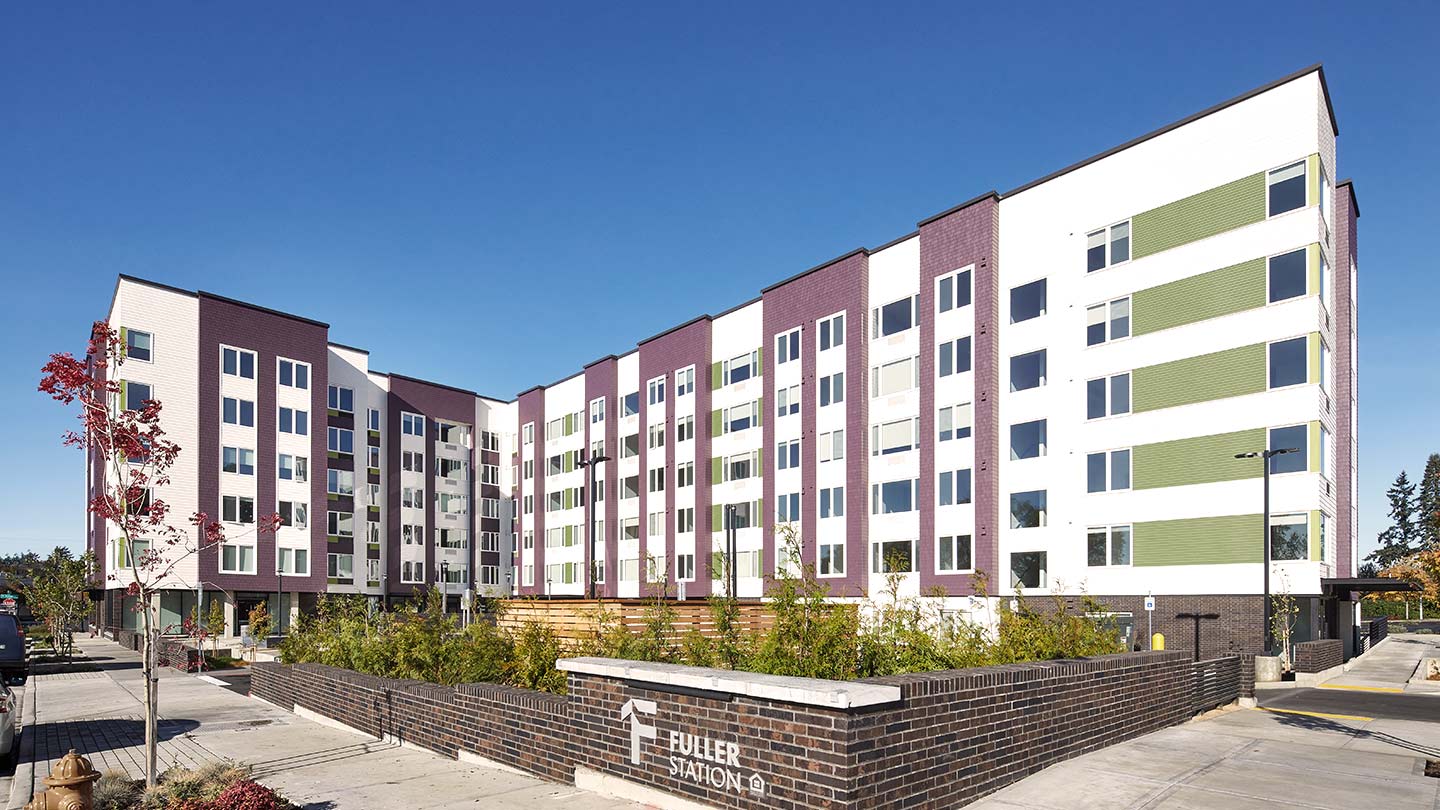
Key takeaways
- The Federal Open Market Committee (FOMC) lowered its benchmark by 25 basis points at the September meeting, bringing the target federal funds range to 4.00%–4.25%.
- We expect the Fed to remain on a gradual path of bringing rates back toward neutral; however, incoming macro data could influence the size and timing of rate cuts in the coming months.
- Multifamily investors have many opportunities in a lower rate environment, such as refinancing and portfolio expansion options.
The Federal Reserve dropped rates by 25 bps at its September meeting in response to data indicating a weakening labor market. The target federal funds range is now 4.00%–4.25%.
Following a series of rate hikes and over a year of interest rate uncertainty, the Fed lowered rates three times in 2024. This is the first cut in 2025.
The Fed indicated the timing and pace of further rate decreases will depend on many factors, including the totality of future economic data.
“Currently, the Fed is trying their best to balance relatively full employment with a 2% inflation target,” said Al Brooks, Vice Chair of Commercial Banking, J.P. Morgan. “This is not an easy task.”
Investors, including those in commercial real estate, have been waiting for more clarity around the impact of tariffs and a potential economic slowdown.
The Fed starts gradual move to neutral
The job market may be the biggest issue as the Fed aims to achieve dual mandate of price stability and maximum employment.
Due to healthy job growth numbers, the Fed had held rate rates steady. However, recent annual revisions to nonfarm payrolls data for the year prior to March 2025 showed a drop of 911,000 from the initial estimate. The revisions were more than 50% higher than 2024’s adjustment and the largest since 2002.
The summer months also saw lower than expected labor statistics. The unemployment rate rose to 4.3% in August, with average payroll growth of 29,000 per month in June, July and August, indicating a sharp drop in hiring.
As of September 17, futures markets see an additional 25 bps to 50 bps in rate cuts from the Fed by the end of the year. The Fed’s own economic projections indicate 50 bps in cuts by year end.
“At this point, the Fed is seeing risks to the full employment side of its dual mandate as a little more pressing than risks around inflation,” said Ginger Chambless, Head of Market Insights for Commercial Banking at J.P. Morgan. “This likely keeps them on an easing path for the next few meetings.”
The possibility of a recession
The Fed’s goal remains balancing employment with inflation to create a soft landing. But a recession is still a possibility. “The risk of a near-term recession in the U.S. is relatively low. Tariffs and trade policy uncertainty remain an overhang, but resilient consumer spending, healthy corporate earnings and enthusiasm around AI are driving the economy forward,” Chambless said. “Most of the risks we see right now have to do with geopolitical tensions, which are difficult to predict.”
How cuts could impact adjustable and fixed interest rates
The Fed’s interest rate reduction directly impacts adjustable-rate mortgages indexed to short-term rates, such as SOFR or Prime.
“It’s tempting to think that the actions of the Fed in lowering short-term rates would be directly mirrored in Treasury yields and mortgage rates,” said Mike Kraft, Commercial Real Estate Treasurer for Commercial Banking at J.P. Morgan.
But that’s not the case. Fixed interest rates work to build in all future Fed activity, the long-term economic outlook and inflationary expectations—not just what happens at next FOMC meeting.
Economic data, such as consumer spending and jobs reports, are more likely to shift these medium- to long-term fixed rates than short-term interest rate reductions. “The 5-year Treasury yield actually increased by about 5 bps the day that the Fed lowered rates in September,” Kraft said.
“The challenge for our industry is that the 10-year rate is not specifically tied to the Fed funds rate. Instead, it’s tied to longer term inflation,” Brooks said. “The good news is that most recently, the 10-year Treasury rate has touched 4%, and the 5-year is at 3.6%.”
What lower interest rates could mean for multifamily investors
Rate decreases impact multifamily and commercial real estate in other ways, too. Most notably, liquidity increases across the financial system.
“As interest rates decrease, cash flow coverage increases, bringing down loan loss reserves for banks," Brooks said. "Lower reserves can then be put back into the market and facilitate more deal flow.”
Increased liquidity and lower borrowing costs often lead to rising prices, which may alter apartment building values. “It’s not dollar-for-dollar, but as interest rates decrease, cap rates usually fall a little bit with them,” Brooks said.
Lower rates present multifamily investors with many opportunities, including:
- Refinancing properties: Falling rates can be especially beneficial for investors with loans near the end of their term. By refinancing, investors can lower their monthly payments and potentially save thousands of dollars in interest. Property refinancing can also help improve cash flow and free up capital for renovations or new building purchases.
- Growing their rental portfolio: “The recent 25 bps decrease in the Fed funds rate is helpful. Lower short-term rates are helpful for real estate investors primarily helping short-term financial needs like construction loans,” Brooks said. Valuations have continued to stabilize, especially true in larger markets such as Los Angeles, New York and San Francisco, where the cost of living tends to be higher and there’s a naturally large pool of renters. Aside from expanding to new markets, multifamily investors can add new asset classes to their portfolios, such as mixed-use, retail and industrial properties.
Higher-for-longer interest rates are relative, something particularly evident over the last 20 years.
“While the possibility of more reductions in short-term rates is quite likely, the path of mortgage rates has a story all its own,” Kraft said. “Borrowers will be well served if they can position themselves to lock rates very quickly when the time is right.”
Learn how the real estate cycle can inform investment strategies.
JPMorgan Chase Bank, N.A. Member FDIC. Visit jpmorgan.com/commercial-banking/legal-disclaimer for disclosures and disclaimers related to this content.
Refinance today
Hide
Refinance today
Hide







